LED Spotlight bulbs
LED spotlight bulbs are much more energy-efficient than incandescent or halogen spotlight bulbs and last a lot longer too. The most common pin connectors are GU10 and GU5.3 (aka MR16) that operate on 230V or 12V, respectively. LED spotlights are very versatile and can be used for general or accent lighting, depending on things like the beam angle, the CRI (colour rendering index) and the colour temperature of the bulb. If you want to be able to dim your LED spotlights, make sure to choose dimmable LED spotlight bulbs. If you like the way your current spotlighting looks, choose LED spotlight bulbs with similar specifications to your existing ones.
Show more
Filter inCategory
Too much choice?
Help me choose!
1-24 out of 802
results found
Filter
Sort by
LED spotlight bulbs are much more energy-efficient than incandescent or halogen spotlight bulbs and last a lot longer too. The most common pin connectors are GU10 and GU5.3 (aka MR16) that operate on 230V or 12V, respectively. LED spotlights are very versatile and can be used for general or accent lighting, depending on things like the beam angle, the CRI (colour rendering index) and the colour temperature of the bulb. If you want to be able to dim your LED spotlights, make sure to choose dimmable LED spotlight bulbs. If you like the way your current spotlighting looks, choose LED spotlight bulbs with similar specifications to your existing ones.
Show more
Compare Products
(/)
You can have up to 5 products in the comparison list.
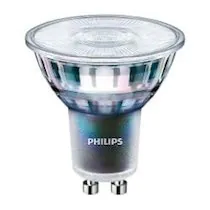
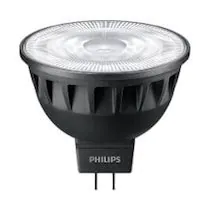
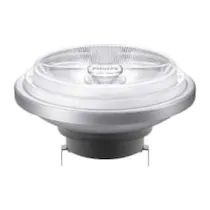
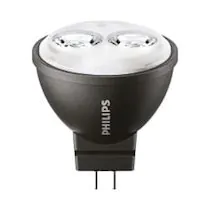

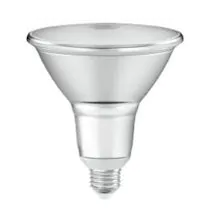
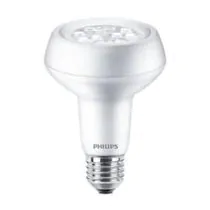




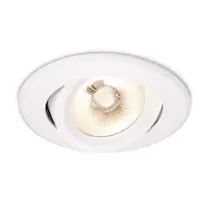
 The colour code is a combination of colour rendering (CRI) and light colour (Kelvin). The first number indicates the colour rendering (1 = very poor colour rendering, 9 = maximum colour fastness). The second and third number contains the light colour. Example: the colour code 830 consists of good colour rendering (8) and warm white light (3000K).
The colour code is a combination of colour rendering (CRI) and light colour (Kelvin). The first number indicates the colour rendering (1 = very poor colour rendering, 9 = maximum colour fastness). The second and third number contains the light colour. Example: the colour code 830 consists of good colour rendering (8) and warm white light (3000K).
 Every bulb or fixture has an energy efficiency class A to G. Energy label A is the most efficient and G the least. LED lighting is the most sustainable lighting technique. Even if a LED bulb is rated E or lower, they still save 70% of energy compared to conventional lighting with the same energy label. Why is it the same label then? To motivate LED brands to get even more durable.
Every bulb or fixture has an energy efficiency class A to G. Energy label A is the most efficient and G the least. LED lighting is the most sustainable lighting technique. Even if a LED bulb is rated E or lower, they still save 70% of energy compared to conventional lighting with the same energy label. Why is it the same label then? To motivate LED brands to get even more durable.























